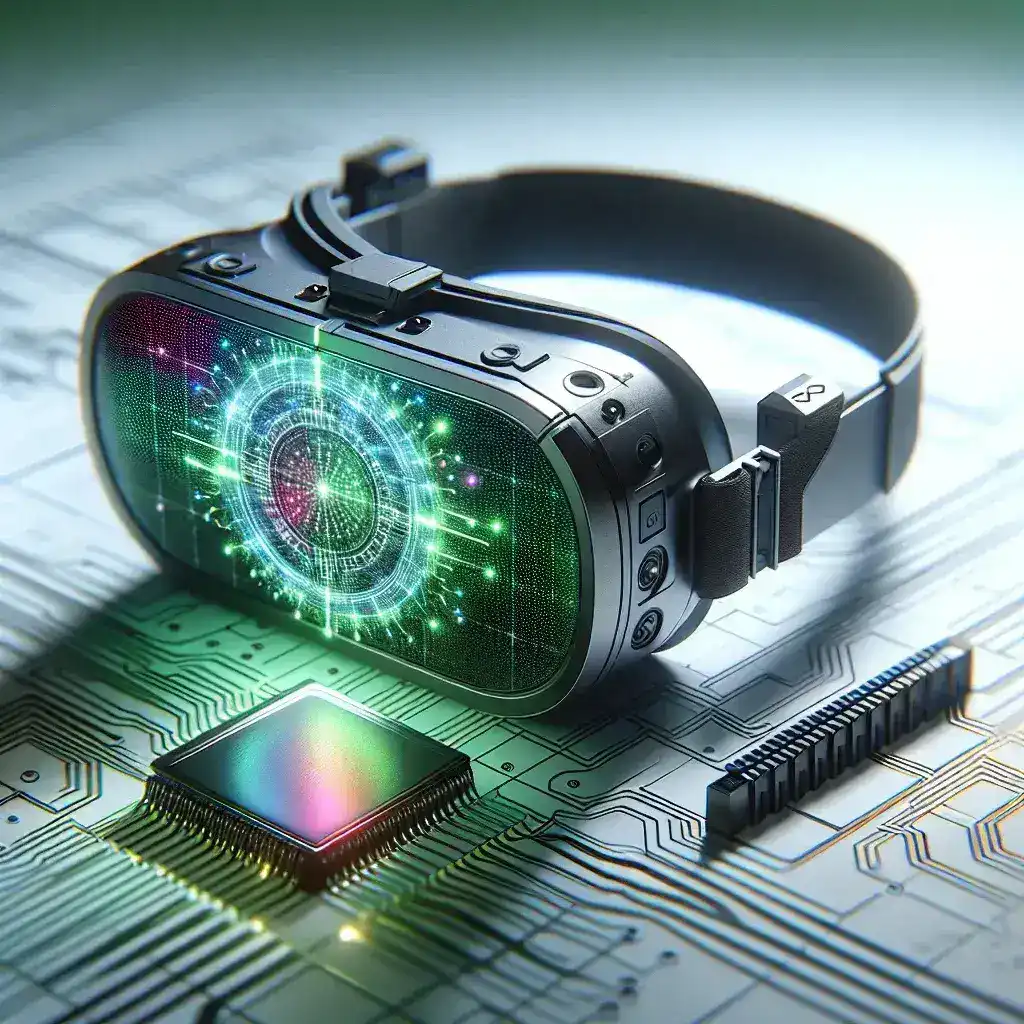Introduction
In the fast-evolving world of technology, innovations are constantly reshaping the landscape of user experiences. Intel’s recent unveiling of energy-efficient chips specifically designed for portable XR (Extended Reality) headsets marks a significant milestone in this transformative journey. This article delves into the implications of these new chips, their technological advancements, and what they mean for the future of XR devices.
Understanding XR Technology
Extended Reality encompasses a spectrum of immersive technologies, including virtual reality (VR), augmented reality (AR), and mixed reality (MR). These technologies have gained traction in various sectors, from gaming to healthcare, education, and beyond. The demand for portable XR headsets has surged, driven by the need for mobility without compromising on performance.
The Role of Energy Efficiency
Energy efficiency is a crucial factor in the design and functionality of portable devices. XR headsets, often used for extended periods, require significant power to deliver high-quality visuals and interactive experiences. Intel’s new chips promise to reduce power consumption while enhancing performance, allowing users to enjoy longer usage times without interruptions.
Intel’s Breakthrough in Chip Technology
Intel’s latest chips leverage advanced manufacturing processes and innovative architectural designs. These chips are engineered to optimize processing power while minimizing energy draw. The introduction of these energy-efficient chips is a game changer, particularly in:
- Reducing Heat Generation: Lower power consumption translates to reduced thermal output, which is critical for comfortable user experiences.
- Enhancing Portability: With energy-efficient chips, manufacturers can design lighter and smaller headsets without sacrificing performance.
- Longer Battery Life: Users can expect extended battery life, facilitating uninterrupted usage for gaming, training, or virtual meetings.
Technical Specifications
The new chips boast advanced features that cater to the demands of XR applications:
- High-Speed Processing: Capable of handling complex graphics and real-time interactions.
- Integrated AI Capabilities: Enhances user interaction and personalization through smart features.
- Support for High-Resolution Displays: Ensures crisp visuals essential for immersive experiences.
Historical Context and Industry Impact
The development of energy-efficient chips is not a new concept, but Intel’s latest innovation marks a significant leap forward. Historically, XR devices have struggled with battery life, often limiting their usability. Previous generations of chips prioritized performance but overlooked energy efficiency, leading to rapid battery drain and user frustration.
Market Predictions
As we look into the future, the implications of Intel’s energy-efficient chips are profound. Market analysts predict a surge in XR headset adoption, driven by improved user experiences. With the rise of remote work and virtual collaboration, industries are increasingly investing in XR technology. Companies are expected to leverage these advancements for:
- Remote Collaboration: Enhanced virtual meeting experiences with realistic avatars.
- Training and Simulation: Realistic simulations for training in fields like healthcare and aviation.
- Entertainment: Richer and more interactive gaming experiences, appealing to a broader audience.
Pros and Cons of Energy-Efficient Chips
As with any technological innovation, there are both advantages and challenges associated with the introduction of energy-efficient chips for XR headsets:
Pros:
- Improved User Experience: Users benefit from longer usage times and better performance.
- Environmentally Friendly: Reduced energy consumption contributes to sustainability efforts.
- Increased Accessibility: Lower costs associated with energy-efficient designs may make XR technology more accessible.
Cons:
- R&D Costs: Initial development and production costs may be high, impacting device prices.
- Compatibility Issues: Existing software and applications may require updates to take full advantage of new hardware capabilities.
Real-World Applications of Intel’s New Chips
Intel’s energy-efficient chips are set to transform numerous industries. Here are some examples of how these chips can be utilized:
Education
With the integration of XR technologies in classrooms, students can engage in interactive learning environments. Teachers can incorporate simulations that provide hands-on experience, making education more engaging.
Healthcare
Medical professionals can utilize XR for training and surgical simulations, enhancing skills without the risks associated with live procedures. Energy-efficient chips ensure that these simulations can run longer, providing thorough training sessions.
Gaming
The gaming industry stands to gain immensely as developers create more immersive experiences. Gamers will enjoy high-quality graphics and longer play sessions, enhancing overall satisfaction.
Expert Opinions on Intel’s Innovations
Industry experts have weighed in on the significance of Intel’s advancements. Dr. Maria Thompson, a technology analyst, stated, “The introduction of energy-efficient chips is a pivotal moment for XR technology. It not only enhances user experience but also aligns with global sustainability goals. This innovation will likely accelerate the adoption of XR across various sectors.”
Conclusion
Intel’s unveiling of energy-efficient chips targeting portable XR headsets is a critical development in the technology landscape. By prioritizing power efficiency while enhancing performance, Intel is paving the way for a future where XR technology becomes ubiquitous. As industries continue to explore the possibilities of XR, these innovations will undoubtedly play a central role in shaping user experiences for years to come.

